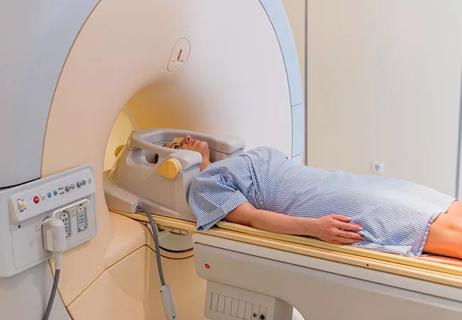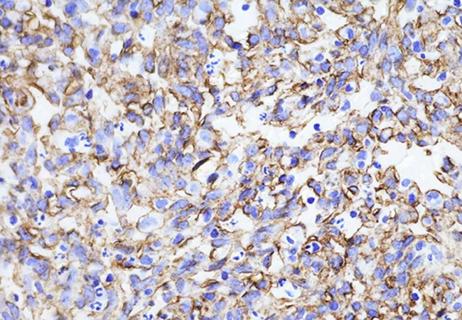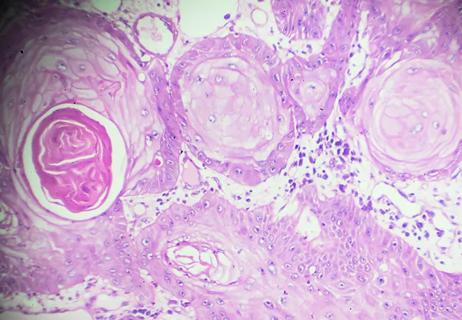TARGIT trial shows single radiation dose as effective as conventional treatments for early-stage breast cancer

Cleveland Clinic is a non-profit academic medical center. Advertising on our site helps support our mission. We do not endorse non-Cleveland Clinic products or services. Policy
For a woman with breast cancer, the prospect of receiving radiation therapy in a single dose during surgery, rather than going through six weeks of radiation treatments, is a welcome one.
That possibility is becoming a reality for more women with early-stage breast cancer. Intraoperative radiotherapy (IORT) applies a single dose of radiation directly to the tumor bed in the operating room, after the surgeon removes the tumor. A spherical applicator delivers a dose of x-ray to a targeted area where recurrence is most likely.
IORT is in its infancy, but with emerging clinical evidence of its efficacy and value, it shows promise to become a standard therapy for selected early-stage breast cancer patients who undergo lumpectomy.
Five-year results of the TARGIT trial, the major study of IORT in breast cancer, were published in The Lancet in November 2013. The study showed targeted radiation during lumpectomy was equally effective as whole-breast external beam radiotherapy (WBRT) in carefully selected patients.
The TARGIT trial enrolled more than 3,400 patients at 33 centers in 11 countries, starting in 2000. Using a system called Intrabeam to deliver IORT, researchers found that recurrence rates and breast cancer mortality rates were similar between the IORT group and those who received conventional radiation treatments. The difference in five-year risk between the two patient groups was under 2.5 percent.
The TARGIT study also found fewer non-cancer deaths among women who received IORT.
Doctors at Cleveland Clinic Breast Center and others see a bright future for IORT, requiring collaboration between breast surgeons, radiation oncologists, radiologists, plastic surgeons and oncologists.
IORT offers a number of advantages:
“There is a growing body of evidence that suggests in carefully selected patients, this is a very valuable approach.” Grobmyer told doctors at a two-day TARGIT Academy at the Cleveland Clinic.
Another study called ELIOT, published at the same time as TARGIT in The Lancet Oncology, has raised some concern about IORT. Women treated with IORT in the European study had significantly higher recurrence rates in the treated breast. But Cleveland Clinic doctors said results are misunderstood because ELIOT used different technology and protocol, and was less risk adaptive than TARGIT.
“Appropriate patient selection is the most critical part of this process,” said radiation oncologist Dr. Rahul Tendulkar.
Doctors said IORT thus far has been shown to be beneficial only for women at low risk for recurrence: Older patients with small tumors, without lymph node involvement. The TARGIT trial enrolled women 45 years and older with invasive ductal breast carcinoma. Most had tumors of 2 centimeters or less.
Additional research underway includes the TARGIT-B trial, which examines IORT in patients at higher risk for recurrence. TARGIT B seeks to determine if IORT is favorable to a standard, external-beam radiation boost for women who undergo WBRT.
Grobmyer believes the effectiveness and lower costs associated with IORT will spur discussion about making it more available. An estimated 70,000 women a year in the United States are eligible for IORT.
“I really want to help these patients avoid whole-breast radiation. That’s why we’re doing this,” Grobmyer said.

Correlation found between the biomarker HSD3B1 and resistance to combined hormone therapy and radiotherapy

Meta-analysis suggests efficacy and safety

Highlighting top abstracts for the annual radiation oncology conference

Transperineal ultrasound a viable, non-invasive option for monitoring intra-fractional prostate motion

Key abstracts highlight advances in treating locally advanced and refractory disease

Multidisciplinary team to examine radiation therapy combined with immunotherapy

Preoperative treatment ensures successful surgical resection

Modification of traditional staging factors associated with survival in high-risk disease